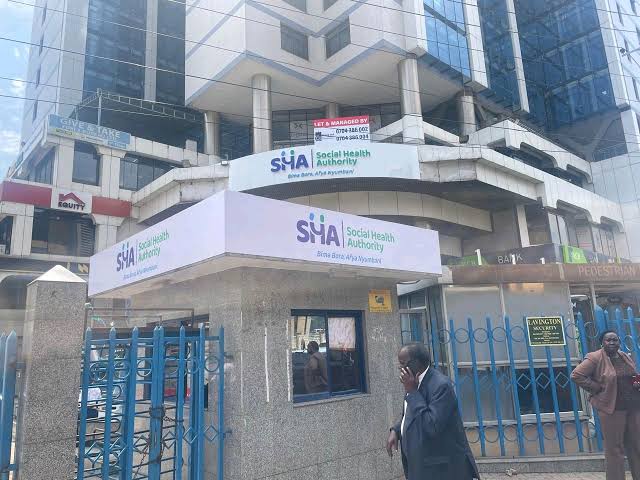Kenya’s healthcare reforms were meant to bring hope, but today they are raising more questions than answers. When the Social Health Authority was launched in October 2024 to replace the National Hospital Insurance Fund, it was welcomed as a bold step toward universal health coverage.
Barely a year later, the authority is already facing a serious financial crisis that threatens to undo the very purpose it was created for.
What was supposed to give Kenyans easier access to healthcare is instead struggling with debt, low contributions, and growing public dissatisfaction.
Although over 19 million Kenyans have been registered, the number of active contributors tells a different story. Only around 3.3 million people are actually paying into the scheme, leaving a massive shortfall that has crippled SHA’s ability to meet its obligations.
Hospitals, particularly private ones, are now owed more than KSh 76 billion. Many are running out of patience and some have already warned that they may suspend services if payments are not made soon.
This has placed patients in a very difficult situation, especially those who depend on private facilities for specialized care.
Part of the problem comes from policy changes that have hit informal sector workers the hardest. Under the old NHIF system, workers could contribute monthly, giving them flexibility in how they managed their limited earnings. That option no longer exists.
The new system requires them to pay premiums annually, sometimes as high as KSh 15,000 per person, a figure that is simply unaffordable for many.
For households depending on irregular income, this has pushed them out of the health scheme altogether, leaving them exposed to medical emergencies.
The government had promised to ease this burden through the Lipa Pole Pole initiative, which was supposed to allow Kenyans to pay in installments. However, the payment portal has not been working properly, leaving those who were willing to comply without a way to do so.
As a result, many who might have contributed have been locked out, further worsening the financial strain on the system.
SHA’s troubles are not only about money. Allegations of corruption and mismanagement have also surfaced. Reports suggest that funds have been channeled to fictitious or non-operational health facilities.
At the same time, the transition from NHIF to SHA has been poorly handled, with gaps that have left patients stranded. There are cases of people being turned away from hospitals despite being eligible, because their details or claims have not been processed properly.
The dream of universal health coverage is now in real danger. For the informal sector, which makes up about 80 percent of Kenya’s population, the situation is particularly grim.
Families unable to afford premiums are being forced to dig deep into their pockets, sell assets, or turn to fundraising to meet medical costs. What was meant to reduce financial pain is instead pushing many into deeper hardship.
Kenya’s Social Health Authority stands at a critical moment. Without urgent reforms, proper financial oversight, and the introduction of flexible payment systems, it risks collapsing before it can fulfill its purpose.
The idea of universal health coverage remains popular and necessary, but unless SHA is fixed, it may remain nothing more than a dream rather than the reality Kenyans were promised.





















Add Comment